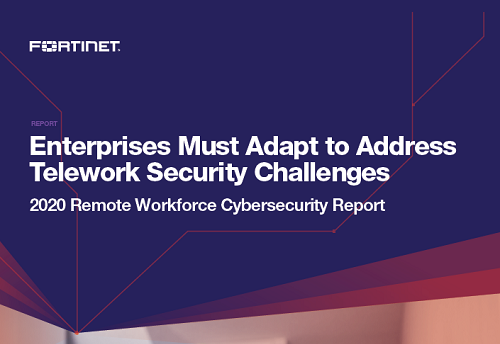The 2020 COVID-19 pandemic has changed almost every aspect of the way we live and work. Organizations were required to shift to telework practically overnight as teams around the globe were told to stay home. Sixty-two percent of employed Americans say they have worked from home during the coronavirus crisis, doubling between March 13 and April 2.
Typically, moving an entire workforce from offices with secure IT environments to remote setups with very little cybersecurity would take long-term IT planning and preparation. But that was not an option in 2020, and cyber criminals have been taking advantage of this widespread opportunity.
We decided to investigate how enterprises worldwide handled the sudden change to telework as the norm, and what their plans are for supporting and securing it in the future. A big decision-making factor for IT teams (in 2020 and beyond) is always budget, so we also asked about unanticipated spending on telework and if other projects were impacted by it.
Methodology
This report was based on a survey conducted in June 2020. Participants are employed in 17 different countries, representing nearly all industries and the public sector. They are involved in the purchase or planning decision-making for networking, cybersecurity, remote working, financial planning, facilities, and human resources. The most common titles are IT director, CIO, head of IT, network architect, and director/VP/manager of network operations, IT infrastructure, or network engineering and operations.
This study sought to find out how enterprises in 2020 are going about securing networks, devices, and applications during the sudden switch to telework. We were curious to know how they approached this daunting task, what the main challenges were, and if they are planning further changes in IT security to accommodate ongoing remote work.
We uncovered a number of interesting insights about the current state of telework and what the future might look like, which are shared in this report.

